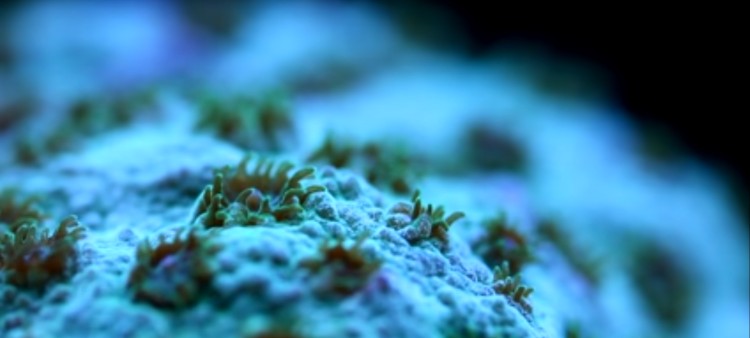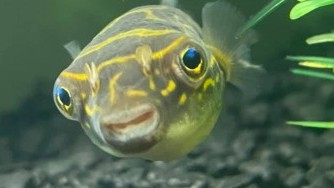Cyphastrea and Astreopora
- Apr 18, 2022
- Anshika Mishra
- 191 0 0

This article is all about Cyphastrea and Astreopora. A few years ago, they were some of the rarest corals imported and seldom seen in stores. Much of their popularity is the direct result of their propagation in all these years, which is commendable for this hobby.
It is really difficult to tell both of these corals apart because their appearance is similar. They have small star-shaped polyps that grow out from the textured nostrum.
Atreopora appears to grow polyps on top of little raised mounds, while Cyphastrea has polyps against the skin. The two corals grow in much the same fashion, and they encrust the substrate around them.
They also do well in the same sort of tank conditions, such as low light and moderate flow. In fact, we will venture to say that these corals do best in the lowest light system imaginable.
Color
Bot the Astreopora and Cyphastrea change colors dramatically, but the Cyphastera particularly look like completely different coral from season to season.
They turn unflattering brown colors and stop growing when they get too much light. So they look very different in every season.
So, in case you order one in the summer, be ready to put it in a dark spot and later be blown away when it regains its peak coloration.
Classification
The family tree of both of these corals is not at all close. Astreapora is from the family Acraporade (Dinasaur skin). If that sounds remarkably simple to Acrapora, your mind is not playing tricks on you.
Acropora is also from the same family, as are other SPS such as Montipora.
Cyphastrea, on the other hand, is from the family of Favite. If that sounds like a popular brain, then it does for a reason.
Favorite is a large family that contains most of the brain coral.
Cyphastrea and Astreopora
So, we have these two corals that look similar and behave similarly but are categorized in really different areas of the animal kingdom. It shows just how important unseen details are in classifying these corals, such as skeleton structure under the skin.
DNA testing also plays a major role in classification, based on just eyeballing them, you cannot assume that both are different families.






About author